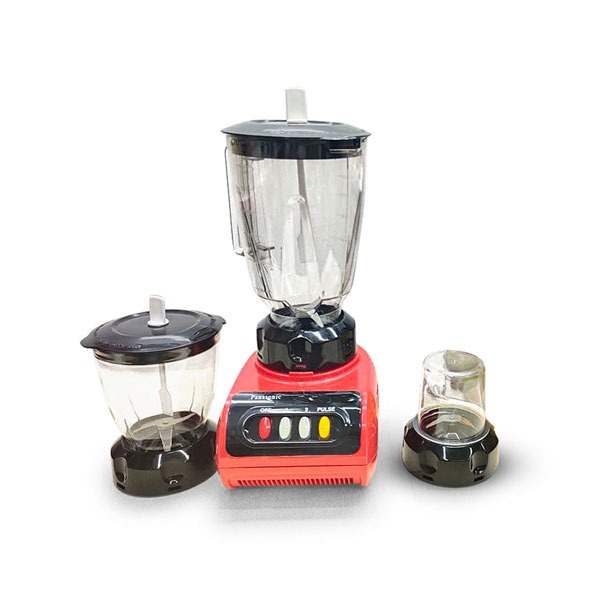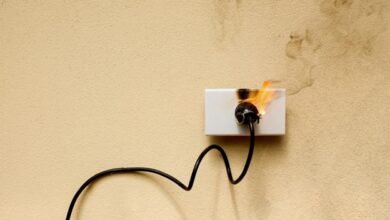Ensuring Safe Blending | A Guide to Blender Safety Tips
Explore pro tips!

Blenders are versatile kitchen appliances that make meal preparation a breeze, from whipping up smoothies to crafting creamy soups. While these devices offer convenience, it’s essential to prioritize safety when using them.
This article will guide you through essential blender safety tips to ensure that your blending experience is not only efficient but also risk-free.
1. Proper Assembly & Placement
Before diving into your blending adventure, take a moment to ensure that your blender is correctly assembled. Check that the pitcher or container is securely in place and that the lid is tightly closed.
Incorrect assembly can lead to leaks, spills, and, in extreme cases, malfunction. Additionally, place the blender on a stable and flat surface to prevent any accidental tipping during operation.
2. Mindful Ingredient Loading
Blenders come with maximum capacity guidelines for a reason. Overloading your blender can strain the motor which result in overheating and potential damage.
Be sure to follow the manufacturer’s recommendations for ingredient quantities, and if necessary, blend in batches to avoid overburdening your appliance. This will not only ensure the longevity of your blender but also reduces the risk of accidents.
3. Start Slow, Increase Gradually
When turning on your blender, start at a low speed and gradually increase it as needed. This approach helps prevent the sudden surge of ingredients to reduce the risk of splattering or overflowing.
Starting at a lower speed also minimizes stress on the motor to prolong its lifespan and ensure a smoother blending process.
4. Use Pulse Function for Control
Many blenders come equipped with a pulse function, allowing for short bursts of blending. Utilize this feature when you require more control over the texture of your ingredients.
Pulse mode is particularly useful for tasks like chopping or creating chunky salsas, providing precision without continuous blending.
5. Monitor Blender Cord Placement
Keep a close eye on the blender’s power cord during use. Ensure that it is positioned away from hot surfaces, sharp edges, or any potential hazards.
Avoid letting the cord dangle over the counter’s edge, as this can lead to tripping accidents. If possible, use cord management tools to keep it organized and out of the way.
6. Handling Hot Liquids Safely
Blending hot liquids requires extra caution, especially for lower priced blender machines. Allow hot ingredients to cool slightly before blending, and never fill the blender container to its maximum capacity with hot liquids.
When blending warm or hot ingredients, use the lid’s center cap or remove the center of the lid and cover it with a folded towel to allow steam to escape safely. This precaution prevents pressure buildup inside the blender.
7. Regular Maintenance & Cleaning
Maintaining a clean blender not only ensures optimal performance but also contributes to safety. Regularly disassemble your blender for thorough cleaning and pay special attention to the blade assembly and the sealing gasket.
Check for any wear or damage and replace parts as needed. Cleaning spills promptly prevents slippery surfaces and keeps the blender in top condition.
8. Keep Hands & Utensils Clear
Never insert utensils, spatulas, or your hands into the blender container while it is in operation.
Use the blender’s tamper or stop the machine and use a spatula to scrape down the sides if necessary. This prevents injuries and avoids damage to the blender’s blades or motor.
9. Unplug When Not in Use
When your blending task is complete, make it a habit to unplug the blender. This not only conserves energy but also reduces the risk of accidental activation, especially in households with children. Unplugging ensures that the blender is entirely powered down and safe for cleaning or storage.
Conclusion
Blenders are fantastic kitchen tools that streamline meal preparation, but safety should always be a top priority. By following these blender safety tips, you can enjoy the convenience of your blender while minimizing the risk of accidents.
Take the time to familiarize yourself with your specific blender’s features and guidelines, and always exercise caution to make your blending experience safe and satisfying.




